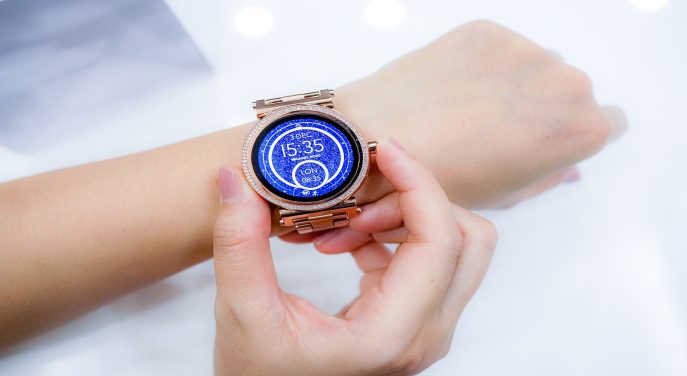
More users appreciate the utility of having a tiny computer on their wrists thanks to the Apple Watch and Wear (previously Android Wear) models. In addition, adventurers’ toolkits frequently include specialized timepieces for outdoor activities to supplement other, larger equipment. Smartwatches have been popular for a few years, and many people wonder if they are going out of style.
A Short History
While digital watches have been around for decades, some with calculators and unit converters, it wasn’t until the 2010s that tech companies began to release watches with smartphone-like features. Apple, Samsung, Sony, and other significant players sell smartwatches on the consumer market, but a little startup deserves credit for popularizing the modern smartwatch. When Pebble first introduced its smartwatch in 2013, it broke Kickstarter’s financing record and sold over one million devices. Simultaneously, developments in silicon shrinking paved the way for new types of smartwatches with specific functions. Smartwatches like the Fenix, for example, are more durable and customized with sensors and trackers to enable back-country trips, according to Garmin. For instance, Suunto has launched smartwatches designed for scuba diving and can sustain extended periods at great depths.
Pros and Cons
Smartwatches are simple to use and come close to replacing a standard phone; yet, they cannot perform all of a phone’s functions. They don’t support video games, for example, ones like Asphalt, and web browsing isn’t possible. You could open up a link, but at the moment, if you, let’s say, open up a game like online slot machines, they are somewhat able to run on these devices. The only things on the screen are the game’s name, reels, and a button outlining balance and the betting amount. One of the games is a classic called Thunderstruck.
The good news is that the batteries are long-lasting. An Apple watch may last up to 18 hours of average use, while rival smartwatches can last up to a week without needing to be charged. A smartwatch can play music and movies, which is one of the most remarkable things it can do. They’re pretty fashionable at the moment. The most significant disadvantage is that it must be near a phone. They feature relatively small screens, making it difficult to see for persons with poor vision.
Market Growth
In terms of worldwide market acceptance, smartwatches settled into a sharp growth curve in the late 2010s. According to Statista, global sales increased from five million units in 2014 to 141 million in 2018. From the second fiscal quarter of 2017 to the same time in 2018, Apple’s market share increased from 13% to 17%; Apple’s Apple Watch Series 3 saw year-over-year growth of more than 38%, even though the Series 4, a significant improvement, was already on the horizon. During the same period, specialty suppliers like Garmin had around a 4% YOY increase in revenue, while fitness brands like Fitbit experienced a roughly 22% market decline. According to Statista, approximately 130 million smartwatches will be sold globally by 2023.
Finally, smartwatches are not going out of style anytime soon. On the contrary, smartwatches are getting increasingly common in today’s world. By 2023, almost 130 million smartwatches would have been distributed worldwide, according to the estimates.
This content is a joint venture between our publication and our partner. We do not endorse any product or service in the article.
